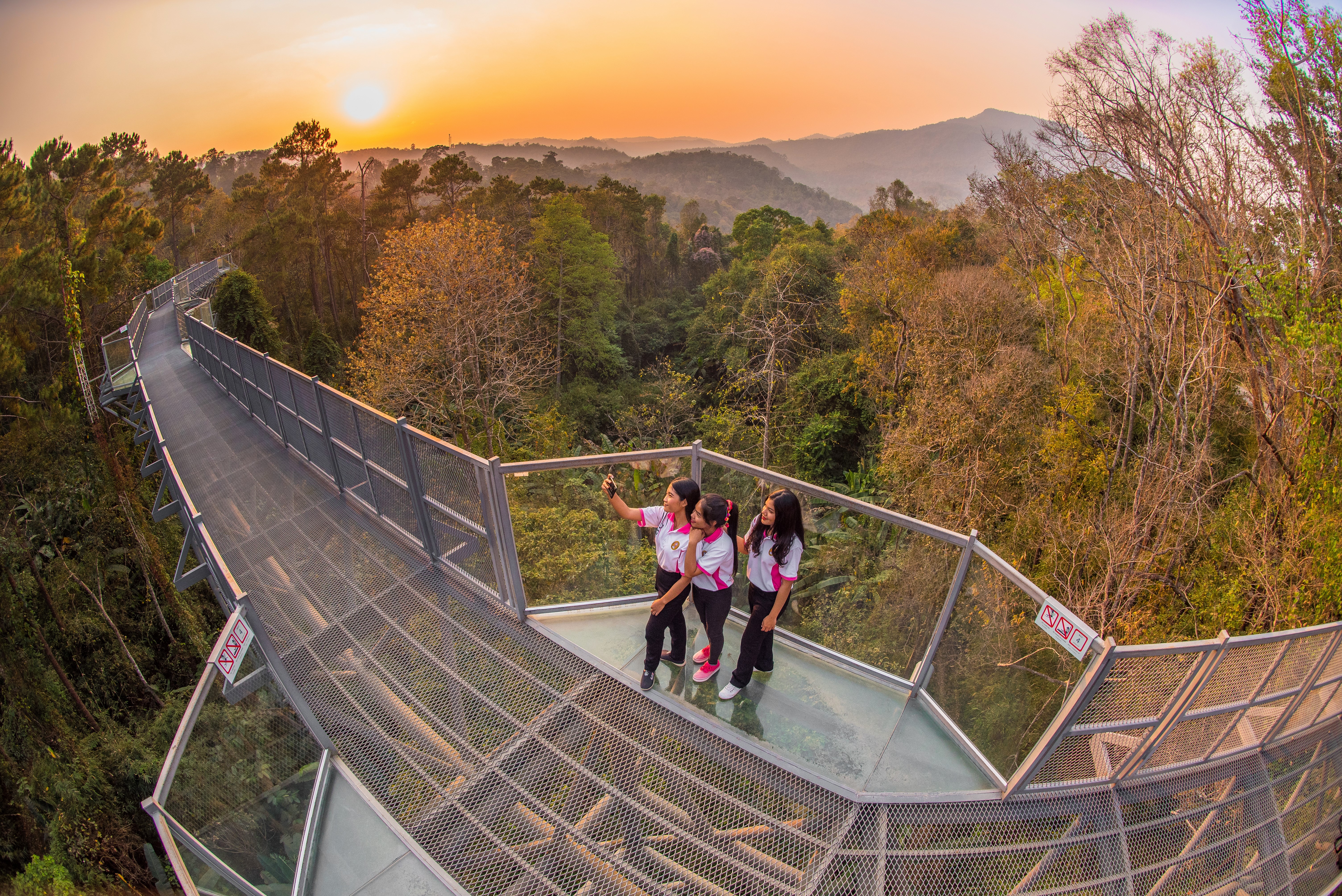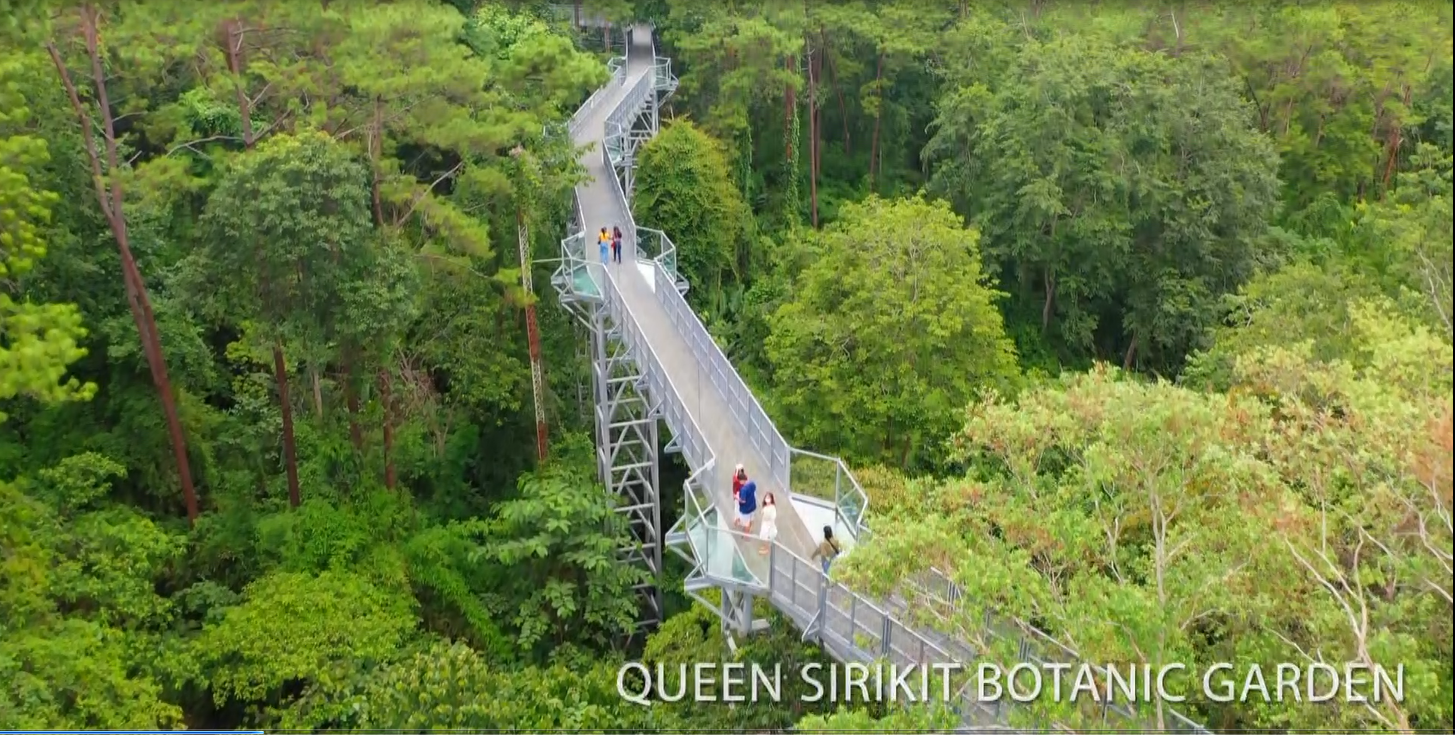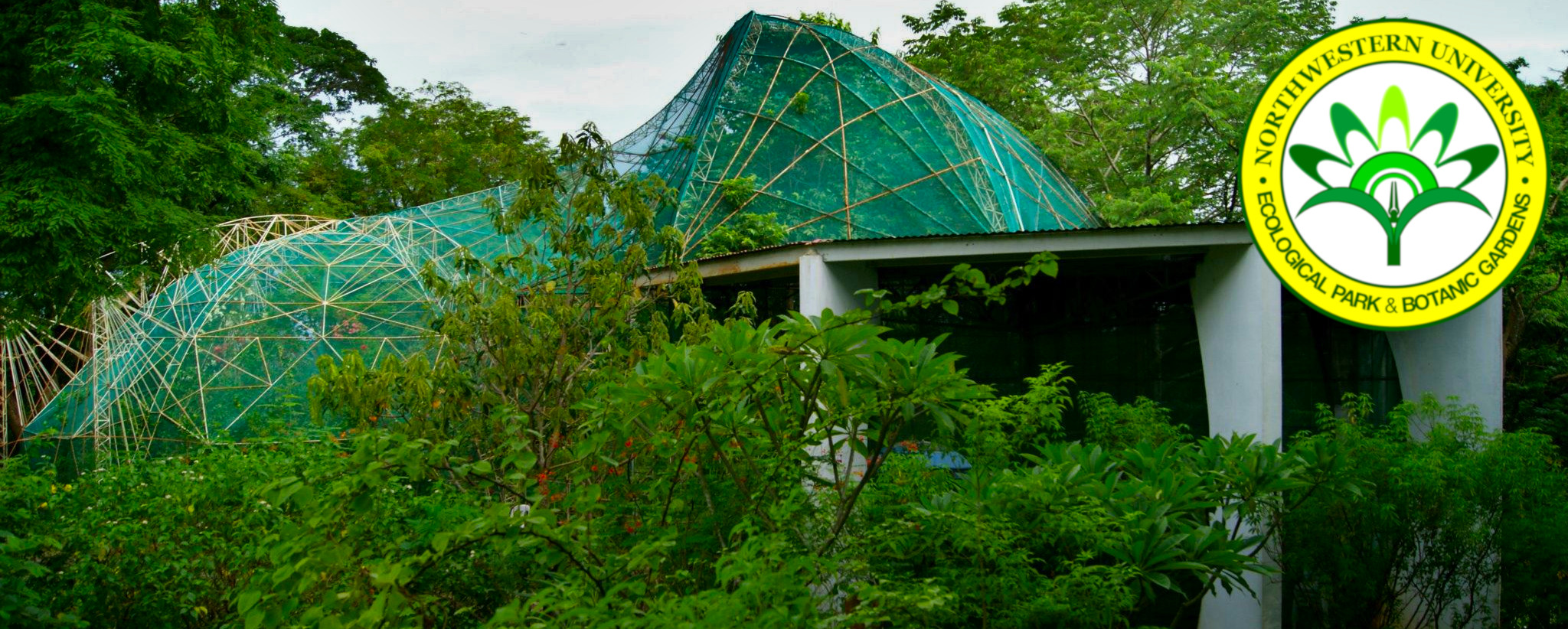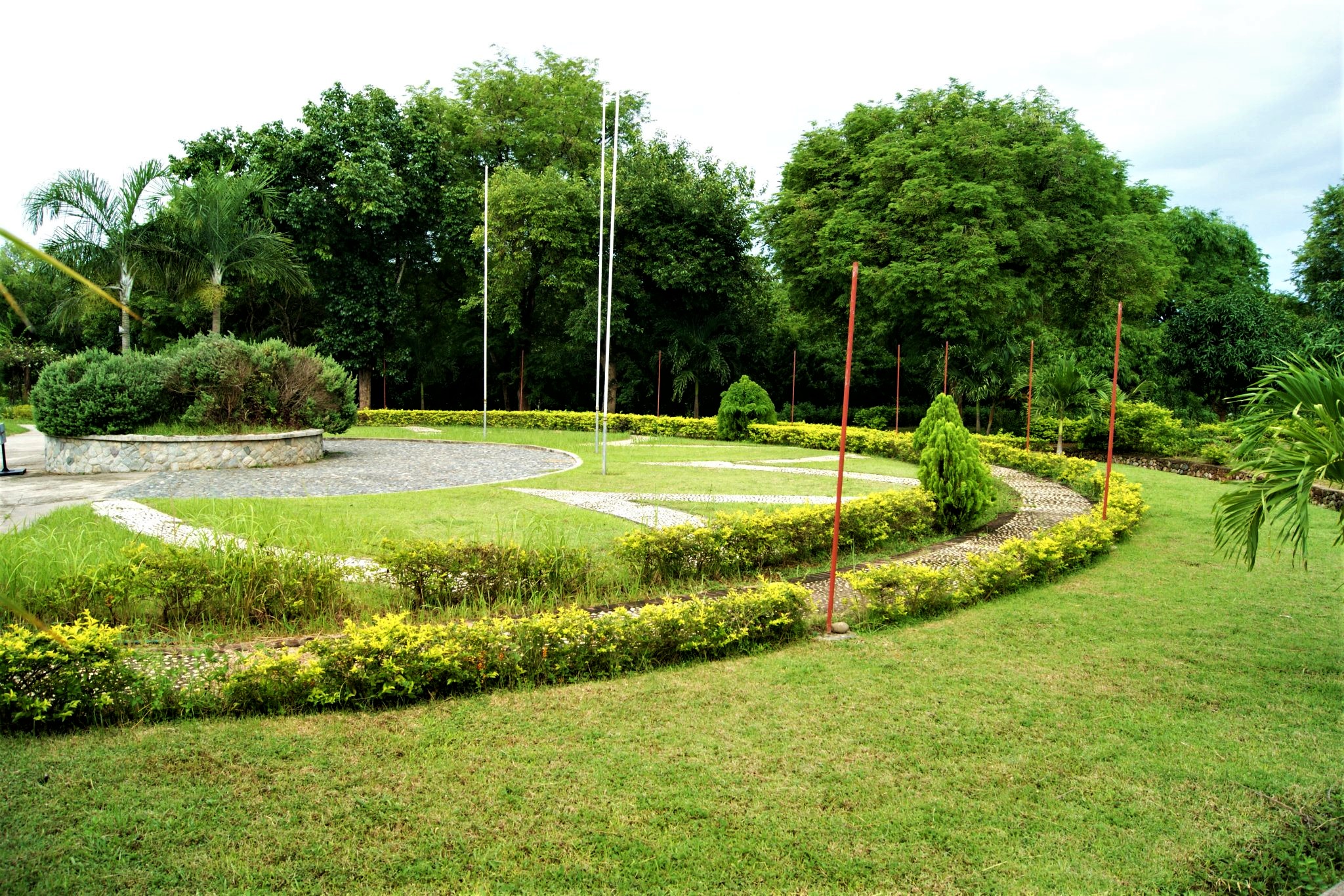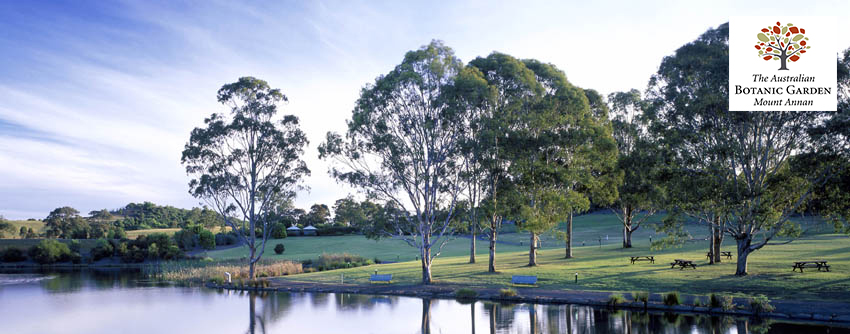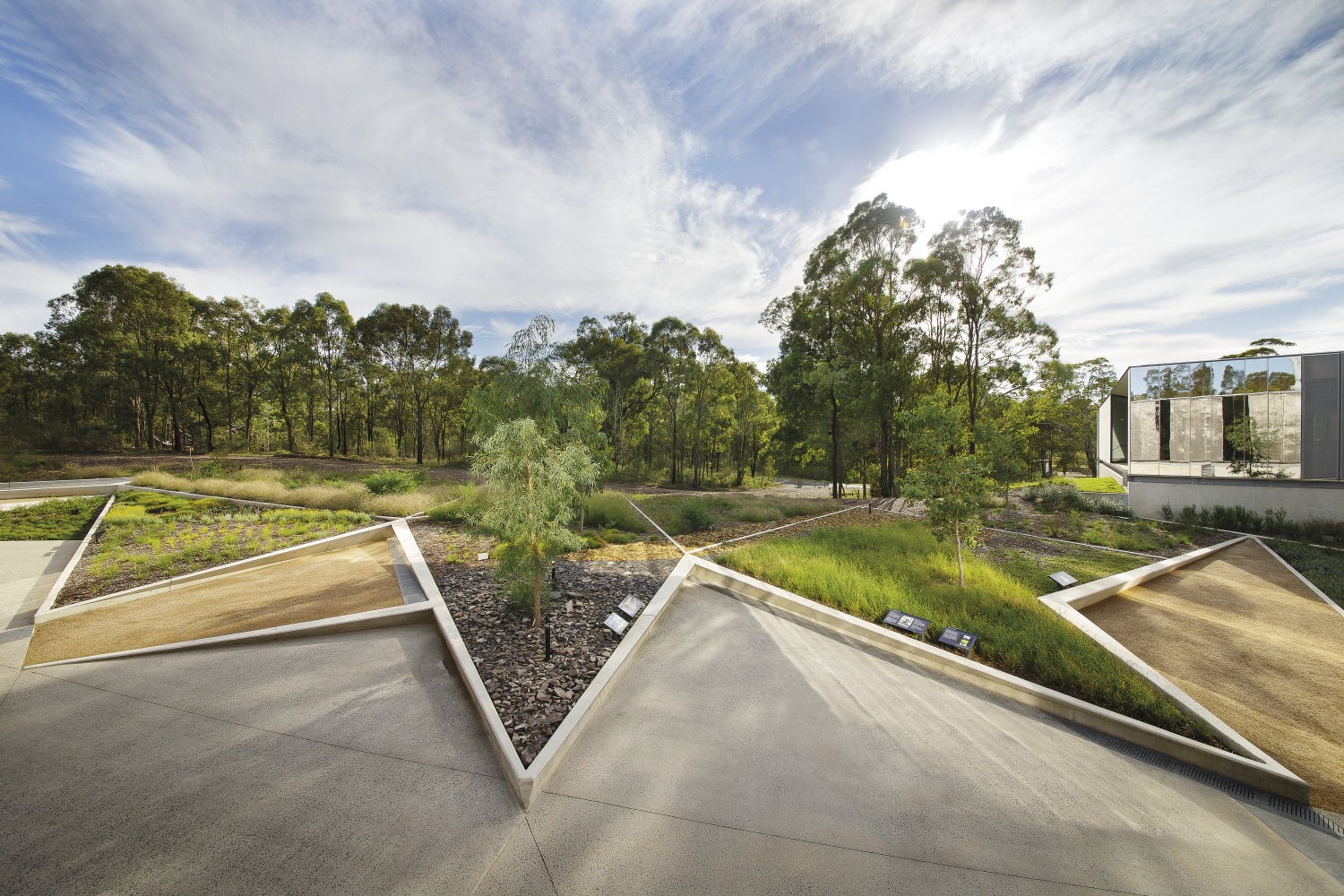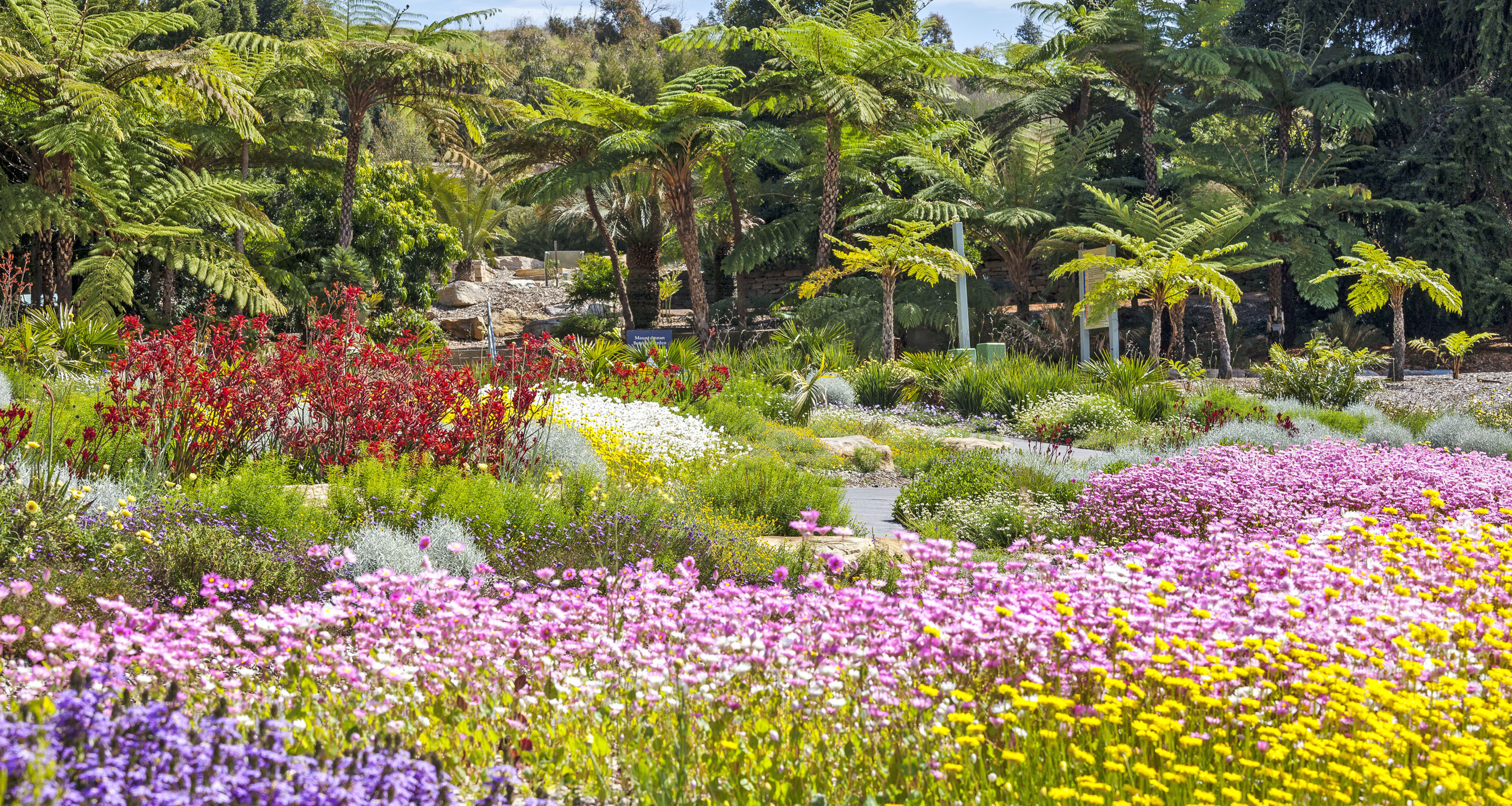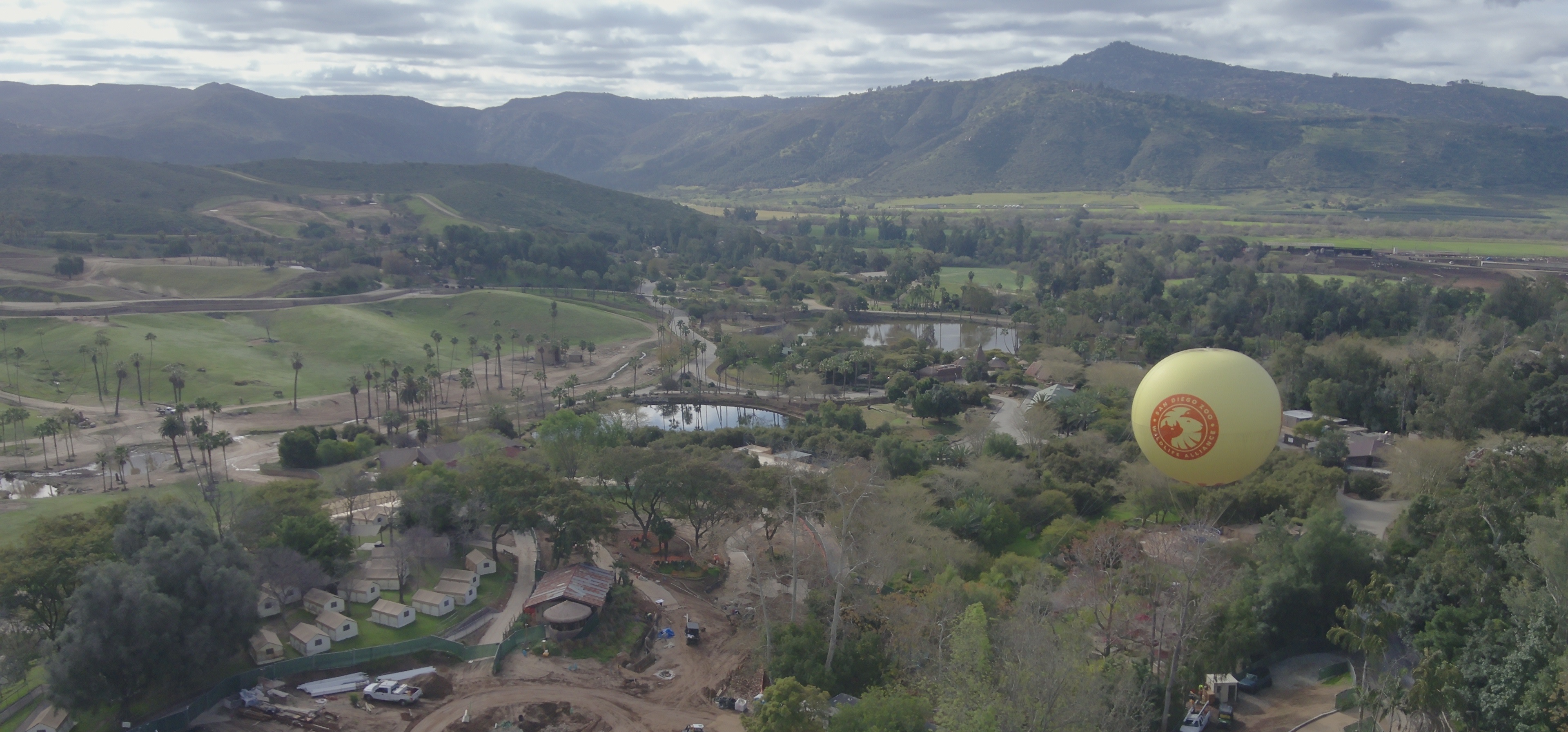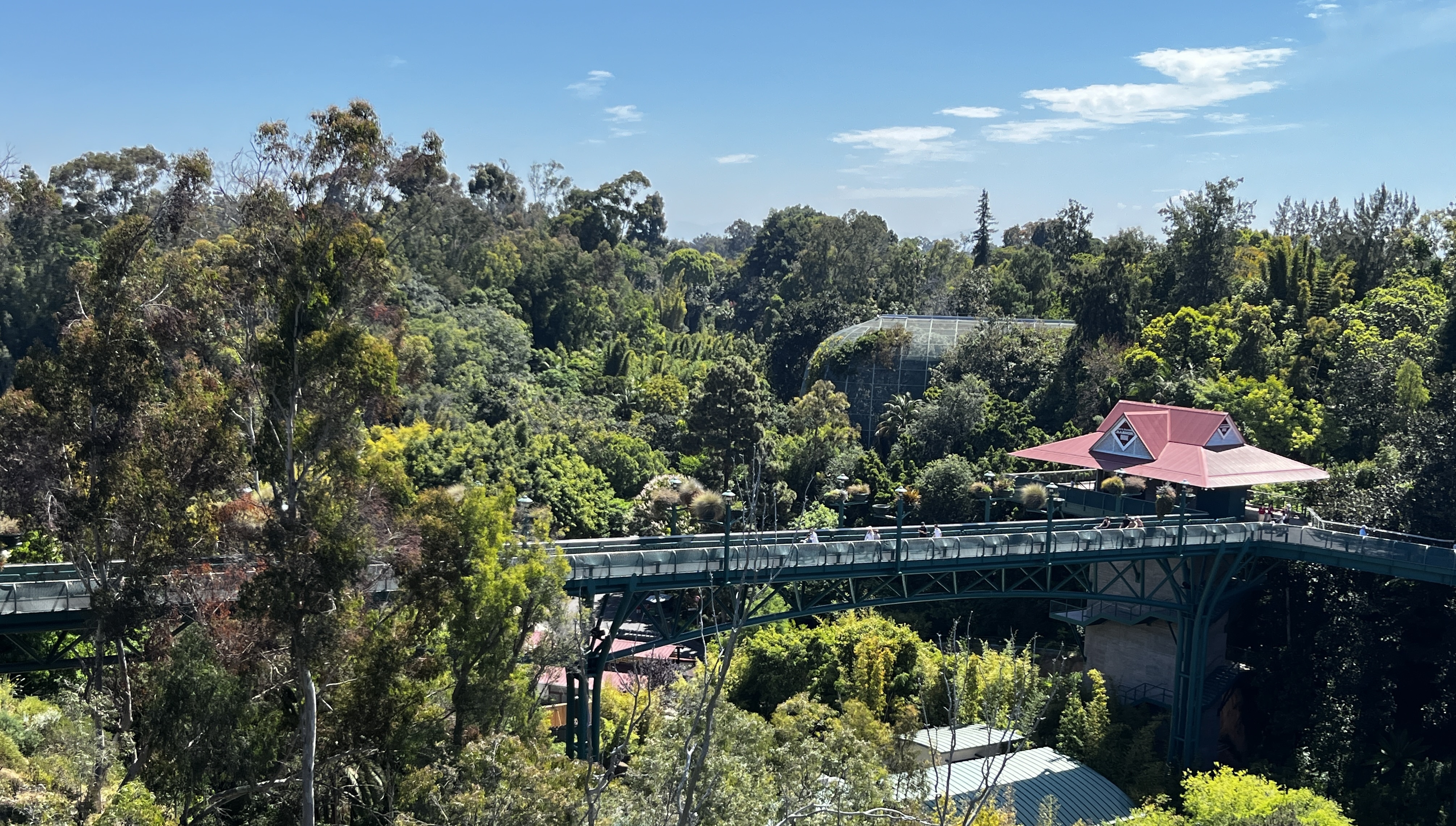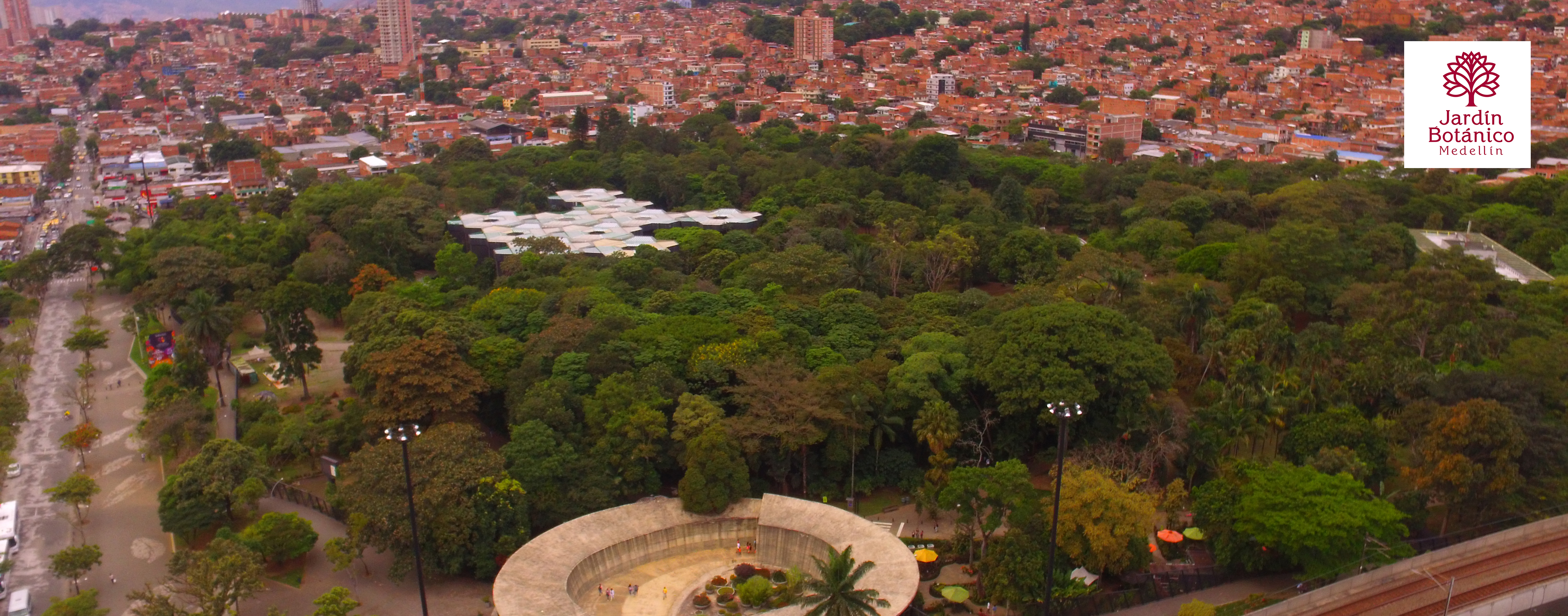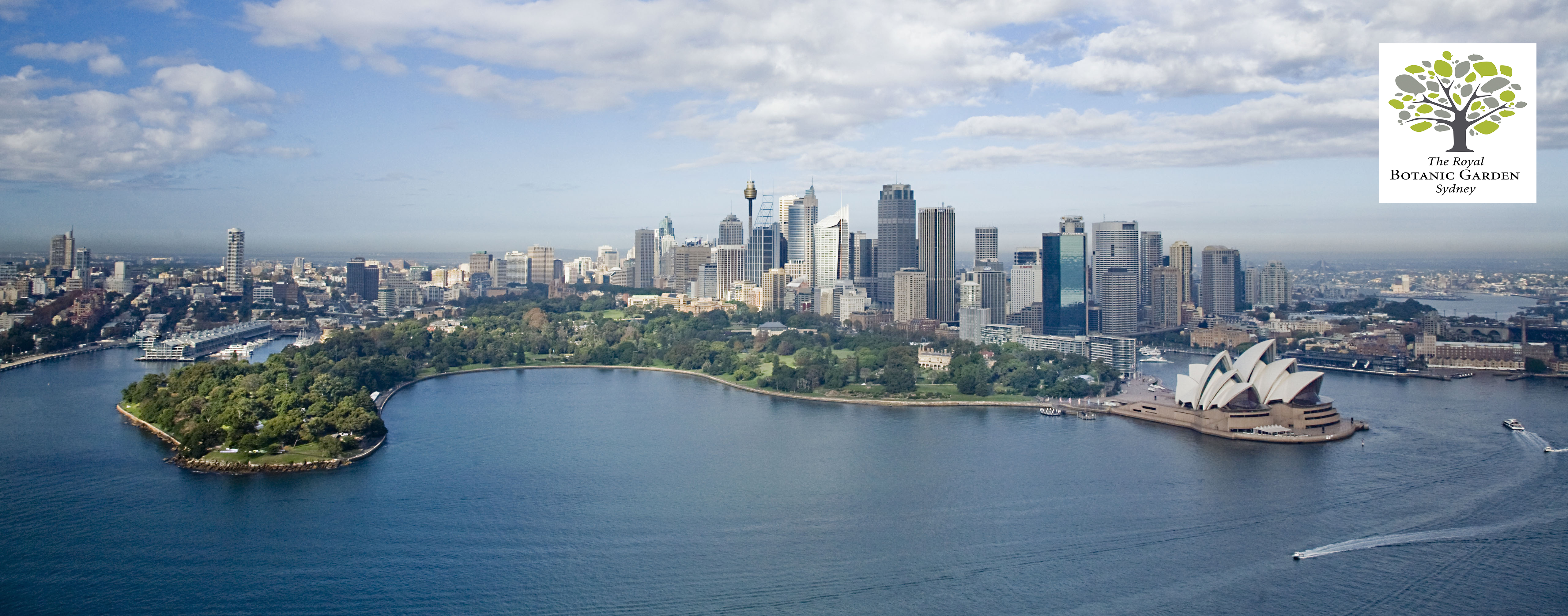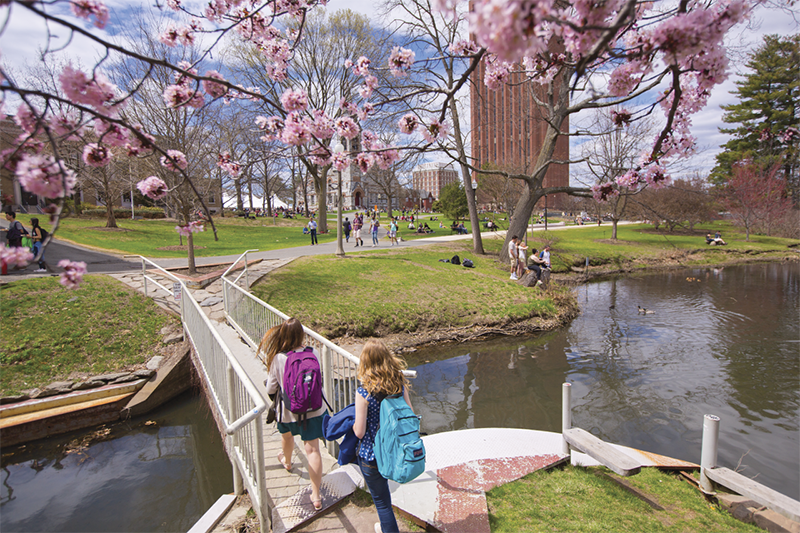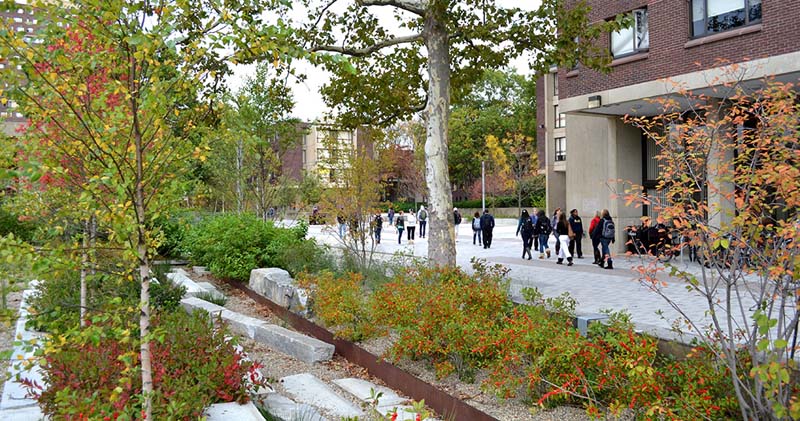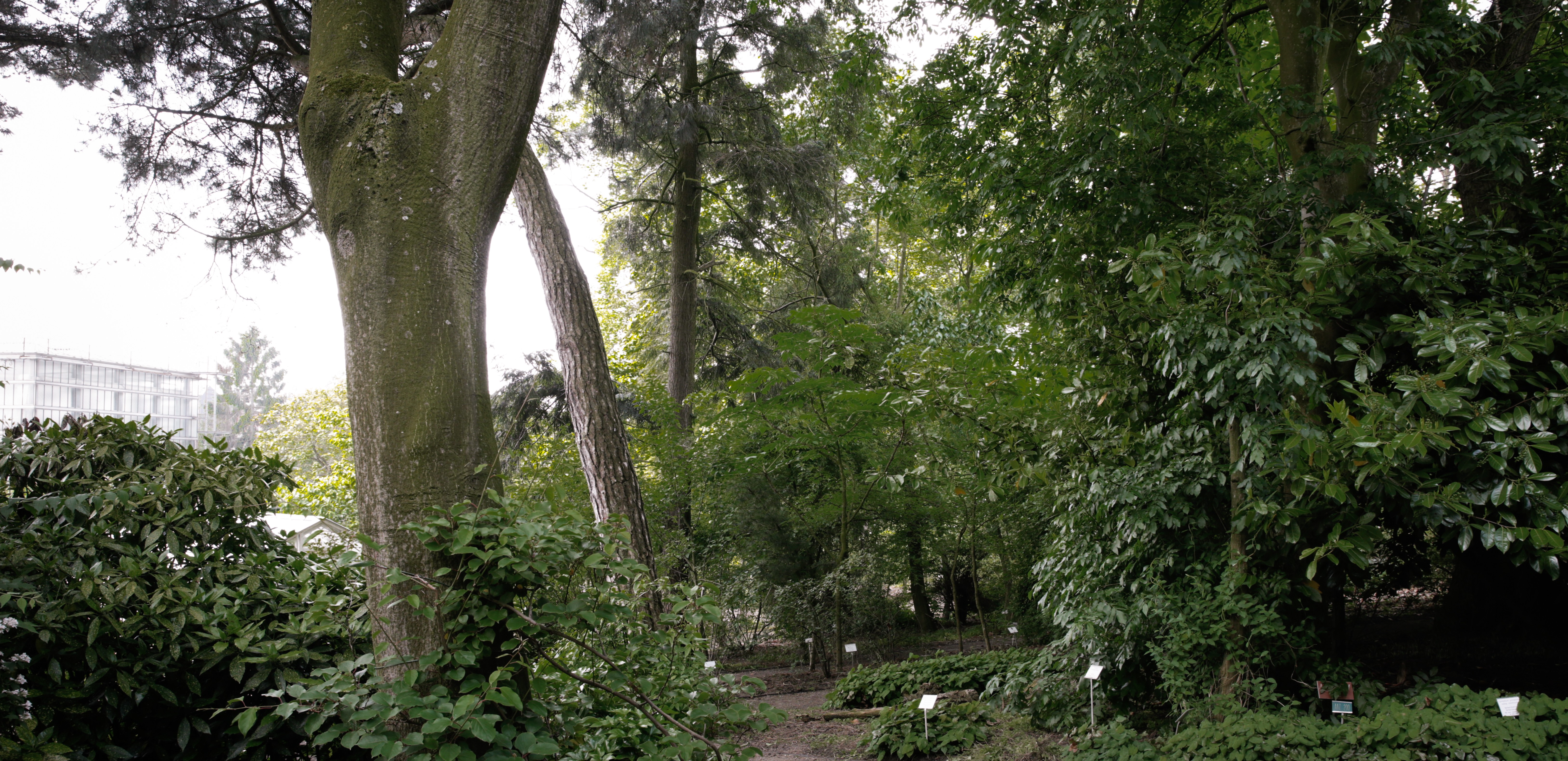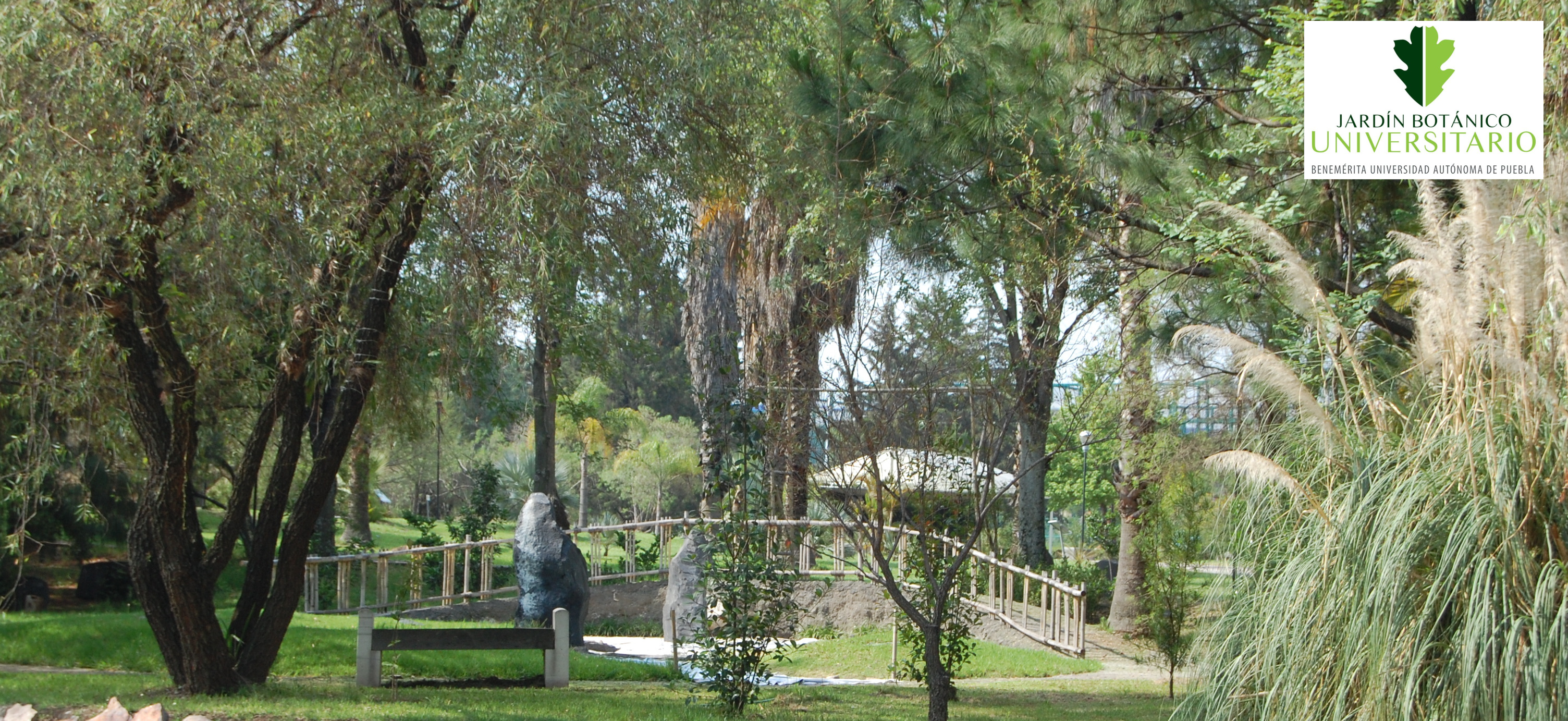Queen Sirikit Botanic Garden
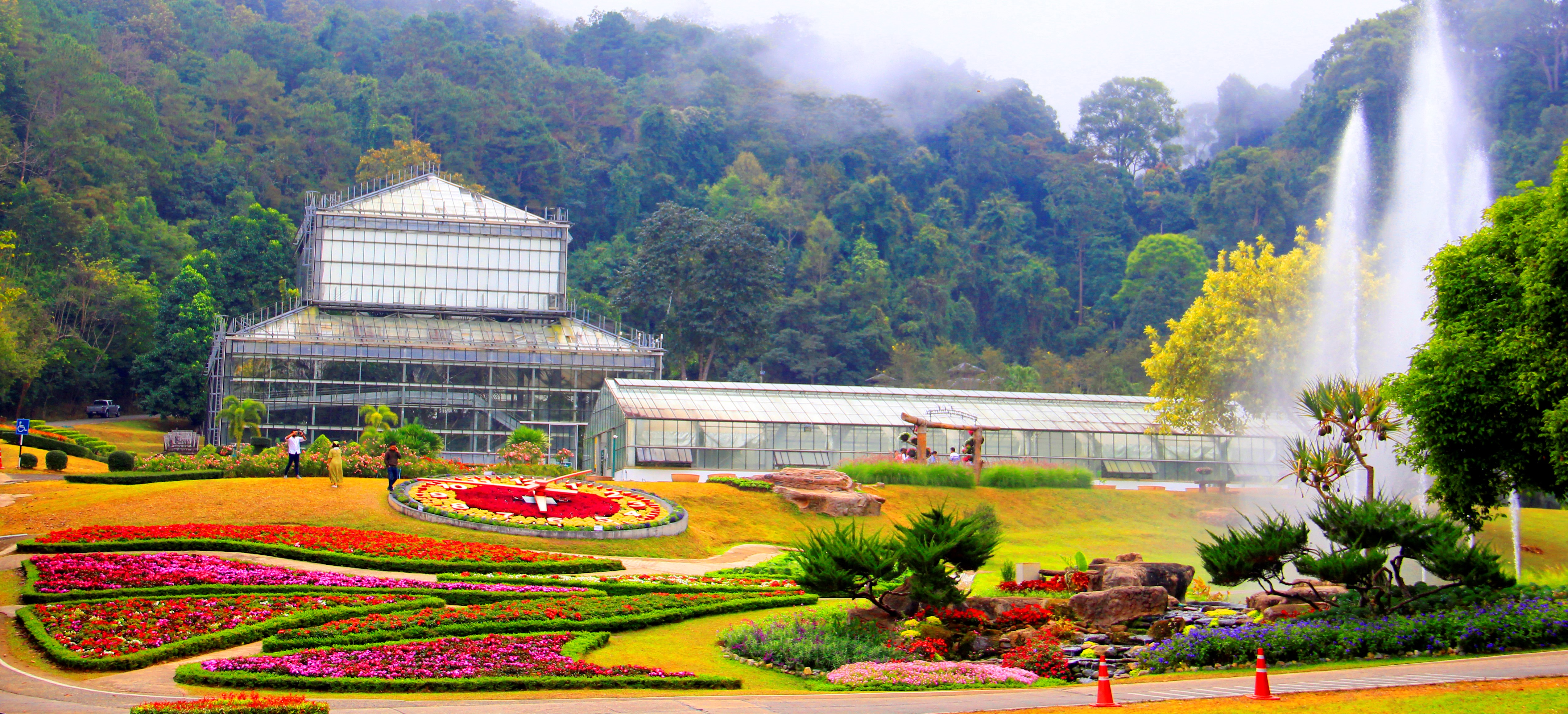
Location
Queen Sirikit Botanic Garden (QSBG) was established in 1994 to celebrate the 60th birthday anniversary of Her Majesty the Queen of Thailand. The garden is located in Chiang Mai province, northern Thailand. The garden area is about 1,000 hectares, of which approximately 70 percent covered by natural forest and 30 percent developed to be gardens, display glasshouses and other facilities. The main aims of the garden are to strengthening research and conservation of Thai flora, and to raise awareness of biodiversity and environmental conservation, as well as to provide an aesthetic place for the general public. More than 33,000 plants of 17,000 accessions representing 4,017 living plant taxa are maintaining to support the garden mission. Native orchids, gingers, medicinal plants, and threatened plant of Thailand are the highlight plant groups.The arboretum occupies most of the garden area, representing 593 tree species. Fabaceae, dipterocarpaceae, annonaceae, moraceaeare, and magnoliaceae the major tree collection.
QSBG displays a variety of designed gardens and glasshouses as well as natural science museum showcasing the diversity of plant along with interpretation for visitors to learn and enjoin of nature. The education programs on various kind of to topic related to plant and biodiversity are developed for a wide range of the audience. Herbarium, botanical library, insect museum, and other research facilities have been developed to support the research programs.
